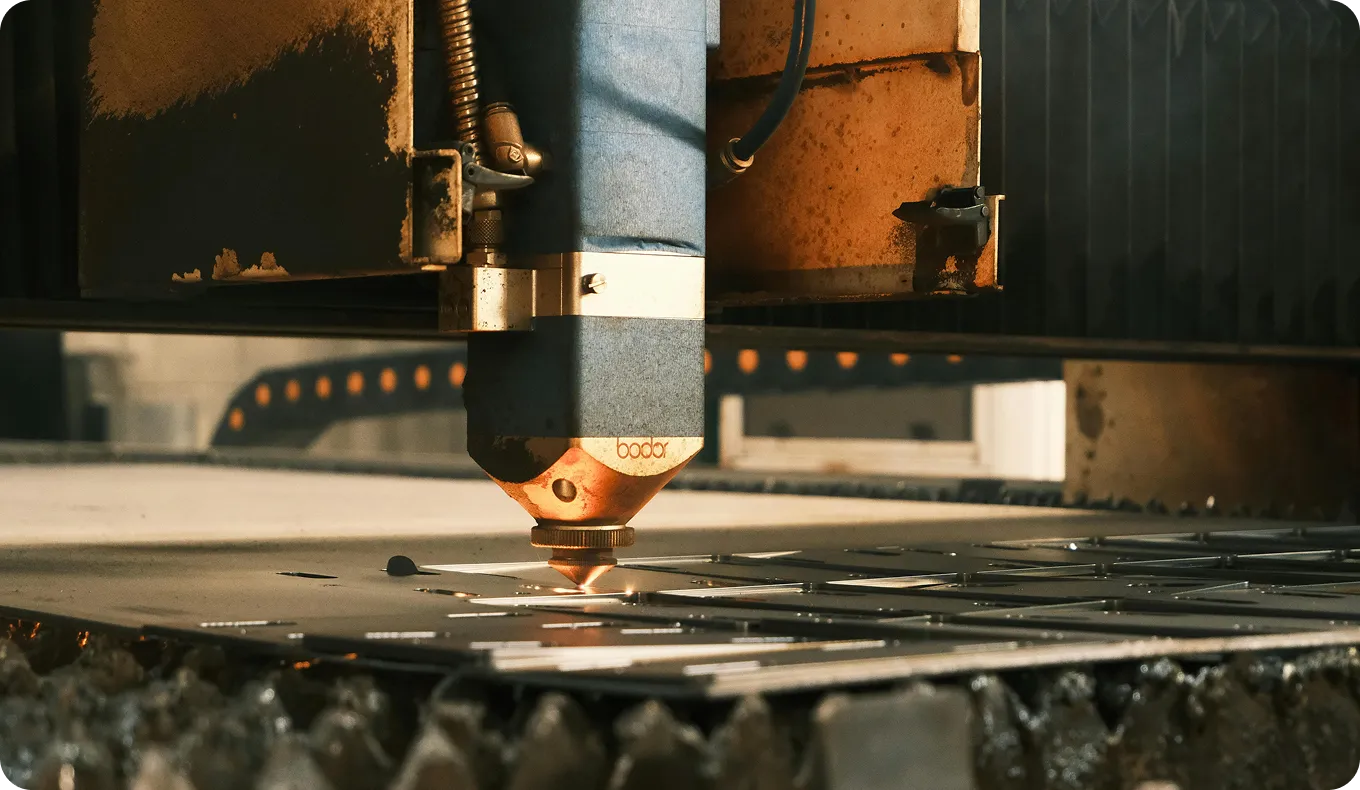Data Preprocessing
Master data preprocessing for machine learning. Learn techniques like cleaning, scaling, and encoding to boost model accuracy and performance.
Data preprocessing is a crucial step in the machine learning (ML) pipeline that involves cleaning, transforming, and organizing raw data to make it suitable for training and building models. Raw data from the real world is often incomplete, inconsistent, and may contain errors. Preprocessing converts this messy data into a clean, well-structured format, which is essential for a model to learn effectively. The quality of a model's predictions is highly dependent on the quality of the data it is trained on, making data preprocessing a foundational practice for achieving high accuracy and reliable performance in AI systems.
Key Tasks in Data Preprocessing
Data preprocessing is a broad term that encompasses a variety of techniques to prepare data. The specific steps depend on the dataset and the ML task, but common tasks include:
- Data Cleaning: This is the process of identifying and correcting or removing errors, inconsistencies, and missing values from a dataset. This might involve filling in missing data using statistical methods or removing duplicate entries. Clean data is the cornerstone of any reliable model.
- Data Transformation: This involves changing the scale or distribution of data. A common technique is normalization, which scales numerical features to a standard range (e.g., 0 to 1) to prevent features with larger scales from dominating the learning process. You can learn more about various scaling methods from the scikit-learn preprocessing documentation.
- Feature Engineering: This is the creative process of creating new features from existing ones to improve model performance. This could involve combining features, decomposing them, or using domain knowledge to extract more meaningful information. A related concept is feature extraction, which automatically reduces the dimensionality of the data.
- Encoding Categorical Data: Many ML algorithms require numerical input. Preprocessing often involves converting categorical data (like text labels) into a numerical format through techniques like one-hot encoding.
- Resizing and Augmentation: In computer vision (CV), preprocessing includes resizing images to a uniform dimension. It can also be followed by data augmentation, which artificially expands the dataset by creating modified versions of images.
Real-World AI/ML Applications
Data preprocessing is a universal requirement across all AI domains. Its application is critical for success in both simple and complex tasks.
- Medical Image Analysis: Before a YOLO model can be trained to detect tumors in MRI scans from a dataset like the Brain Tumor dataset, the images must be preprocessed. This involves normalizing pixel intensity values to account for differences in scanning equipment, resizing all images to a consistent input size required by the model's backbone, and cleaning the dataset to remove corrupted files or mislabeled examples. This ensures the convolutional neural network (CNN) learns a model's true pathological features rather than variations in imaging. You can see more about this in our blog on using YOLO for tumor detection.
- AI-Powered Retail Forecasting: For a model that predicts customer demand in retail, raw sales data often contains missing transaction records, inconsistent product naming, and features on vastly different scales (e.g., 'item price' vs. 'number of items sold'). Preprocessing here involves imputing missing sales figures, standardizing product names, and normalizing numerical features so that the predictive modeling algorithm can effectively weigh the importance of each factor. An overview of preprocessing for business highlights these steps.







.webp)
